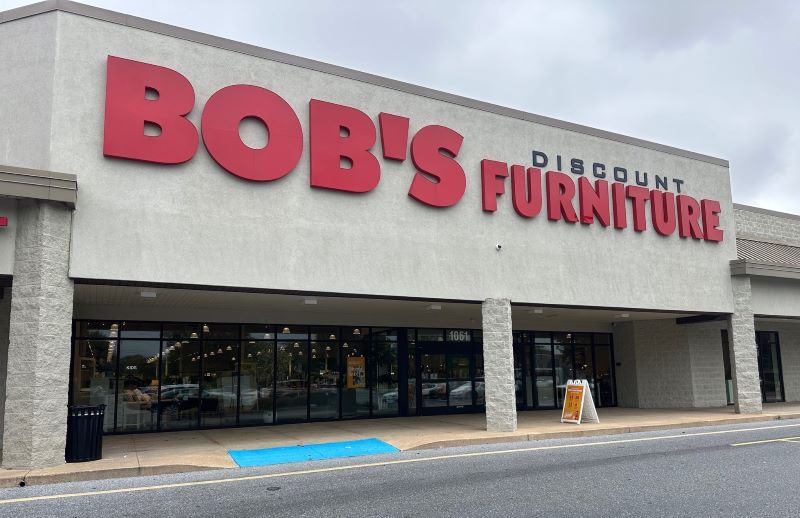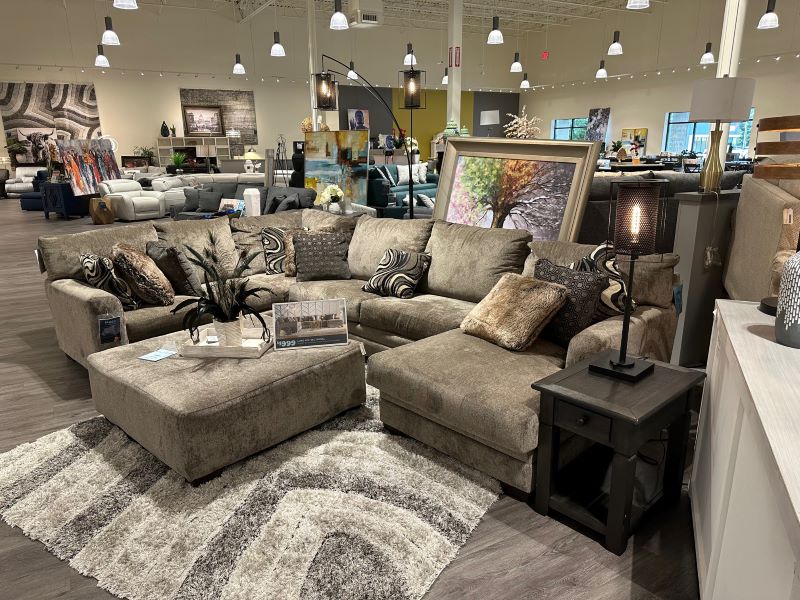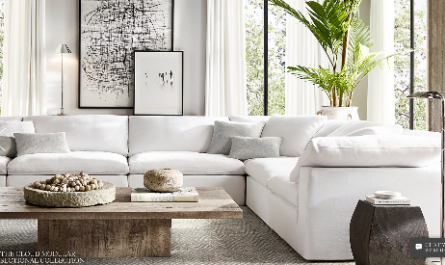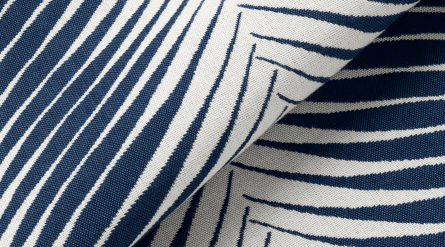This week’s roundup of news and notes specific to our industry finds an interesting blend of luck, tragedy, hope and climate awareness.
First, the luck.
When you’re really good, even the bad breaks go your way. On board the Dali, the super freighter that took out the Francis Scott Key Bridge in Baltimore, was 7,000 metric tons in goods, including quite a bit of furniture. Fortunately for Ikea and a few exporters, that Asian-made furniture was off-loaded before the roughly 1,000-foot freighter slammed into the bridge, according to a report from Bloomberg.
It might be a good rule of thumb to avoid loading your goods on a ship named for a surrealist painter, in this case the guy famous for melting clocks. Just saying.
Regardless, for Ikea and its furniture coming from China and Vietnam, the shipment made it to the East Coast before the big ship’s power failure in Baltimore, according to its bill-of-ladings.
Enron redux
We’ll stick with Ikea for the tragedy, as well. A Dow Jones story out of Johannesburg, South Africa, tells us that a day after getting a $25 million fine for corporate fraud, former furniture CEO Markus Jooste shot himself dead on Thursday, March 21.
Resigning his post as CEO of Steinhoff International in December 2017, the 63-year-old Jooste and several of his co-executives had been investigated for years for fraud. According to the report, family-owned Steinhoff based outside Cape Town was known as “Africa’s Ikea” for its retail chains, which, in addition to Ikea, included Mattress Firm, the owner of Sleepy’s in the U.S., Poundland in England and Poco in Germany — in all, 40 retail brands in 30 countries.
The company has a distinctly South African story: Bruno Steinhoff began by selling inexpensive furniture from West Germany to East Germans in 1964. Approximately three decades later, the Steinhoffs acquired a stake in a South African furniture company, tapping Jooste to run it in 2000.
Flash forward to March 20 this year, South Africa’s Financial Sector Conduct Authority identified Jooste as the “mastermind” behind the secreting of billions of dollars in losses and fined Jooste a record $25 million, according to Dow Jones. Enron anyone?
Jooste’s death was confirmed by his lawyer on March 22.
According to Dow Jones, Jooste enjoyed a lavish lifestyle, “acquiring a wine estate in Stellenbosch, near Cape Town, and a world-famous stable of race horses.” But, following the charges in 2017, Steinhoff shares collapsed to the tune of 90%. The company liquidated last October, while Mattress Firm filed for Chapter 11.
Go Huskies!

Let’s think about happier fortunes by checking in on Bob’s Discount Furniture. According to a lengthy story in the Hartford Courant newspaper, the “no-nonsense” chain plans 20 new locations this year alone.
With 171 stores in 24 states, Bob’s is benefiting from a macro trend in home furnishings that is seeing consumers trade down in order to save money and beat inflation. All of the 20 new stores are planned for the chain’s existing five regions, which offers advantages in advertising and for distribution, but President and CEO Bob Barton said the long-term strategy calls for locations in all 48 continental states.
“We have visibility of over 500 stores [so] we have a lot of runway ahead of us,” he told the Courant.

Beginning in 1991 with a single location in Newington, Connecticut (population 30,000), founder Bob Kaufman quickly began expanding in the state, then the region.
“Our strategy is simple,” Barton told the newspaper. “We buy narrow, and we buy deep, and we buy a lot of it. That helps our vendors because we are committing to a large volume. That keeps our costs down. It isn’t a complicated model to understand. The complicated thing is to execute it.”
Presumably enjoying retirement somewhere nice, Kaufman has to love this year’s March Madness. His UConn Huskies are the top seed and virtually everyone except Jim McIngvale is predicting them to be cutting down the nets to defend their title, which would become their sixth.
Warts and all
Finally, a story that reminds me of the brief run of Australian eucalypt back in the 1990s, a wood species touted for its blemishes, including fire scars and insect trails. Kimball Home and several other manufacturers brought it to market in case goods as a replacement for American chestnut, which a fungus made virtually extinct by wiping out billions of trees beginning midcentury.
I don’t know what happened to eucalypt, and Kimball Home shut down in 2005, but back in a blaze of potential glory because of climate change are wood species that include and even showcase imperfections, according to a big design piece in the New York Times last month.
Just in time for the High Point market, the story heralds furniture from Sweden’s Vitra and Finland’s Artek, among other product lines, that makes no attempt to stain or paint over knotholes, insect trails and idiosyncratic wood grains. Historically called imperfections, Artek calls them “features.”
“Because of climate change and industrialization, the forests are changing,” Marianne Goebl, Artek’s managing director, told the Times.
Artek sources all of its wood from Finland, and these woods are looking increasingly idiosyncratic.
As the article acknowledges, and eucalypt’s brief run testifies, embracing imperfection isn’t new. However, we can expect more discussion about ethical consumption in a world challenged by a warming planet. Sustainability is increasingly a watchword in global sourcing strategies. Leather upholsterers have been embracing the “features” in semi-aniline leathers for decades, for example.
But, as the article also acknowledges, it’s one thing “for eminent designers to toy artfully with imperfection but quite another to produce deliberately flawed objects on an industrial scale.”
Were I still covering the High Point market in case goods, this imperfection trend is something I would be looking for at the upcoming spring edition, especially at the higher price points. At the lower, price-sensitive levels, it’s likely still true that consumers want furniture that looks exactly like the suit they saw on the showroom floor (or in the photography online). Imperfections at these mass market price points are usually interpreted as flaws rather than as “features,” or as problems with quality.
Even MDF is likely to be affected. In a new line from France’s Ligne Roset, Chute Libra, the mixed materials used are plainly visible. And the company is marketing the line in part by celebrating this variability as a manifestation of Ligne Roset’s commitment to sustainability.

“The Chute Libre project is part of a desire to do with very little,” Ligne Roset’s marketing materials state. “This collection aims to promote scrap wood from standardized panels such as chipboard, medium, laminated, in order to bring a new perspective to these materials which are often neglected.”

The Finnish producers, including Vaarnii, also cite their commitment to sourcing wood locally, which reduces their carbon footprint. So, expect to see a lot more pine and birch, woods that have fewer tenderloins than the hardwoods.






